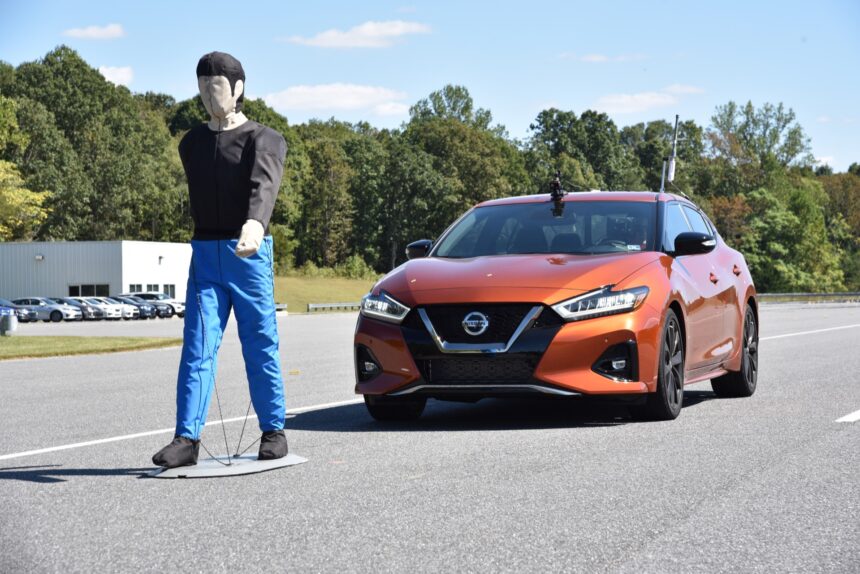The National Highway Traffic Safety Administration (NHTSA) has announced a major overhaul of the five-star safety rating system to address the increasing number of pedestrian fatalities and improve overall crash safety. This update will include new criteria to evaluate driver-assist technologies such as automatic emergency braking with pedestrian detection and blind-spot monitors.
The new crash-test ratings will focus on how well vehicles can prevent crashes with pedestrians and cyclists, aiming to provide consumers with more information on the safety features of different models. These changes, which are set to go into effect with the 2026 model year, are part of a broader effort to enhance vehicle safety and reduce the severity and frequency of accidents.
According to U.S. Transportation Secretary Pete Buttigieg, these updates to the five-star safety ratings will accelerate the adoption of technologies that can help prevent crashes and empower consumers to make informed decisions when purchasing a new vehicle. This marks the most significant update to the safety rating system since its inception in 1978.
The new criteria align with the standards set by the Insurance Institute of Highway Safety (IIHS), which also plays a key role in promoting automotive safety. The IIHS has recently raised the bar for safety by updating crash tests to address rear passenger safety and evaluating the effectiveness of automatic emergency braking systems in preventing pedestrian collisions.
Despite a decrease in overall crash fatalities over the years, pedestrian fatalities have continued to rise, making up a significant portion of traffic-related deaths. The NHTSA’s decision to include pedestrian safety in crash-test ratings reflects a growing concern for vulnerable road users and the need to address this issue through improved safety measures.
By implementing more stringent testing procedures and criteria, both the NHTSA and the IIHS aim to encourage automakers to prioritize safety features and technologies that can reduce the risk of accidents. These advancements in crash testing and evaluation are essential in ensuring that vehicles meet the highest safety standards and protect all road users from harm.






